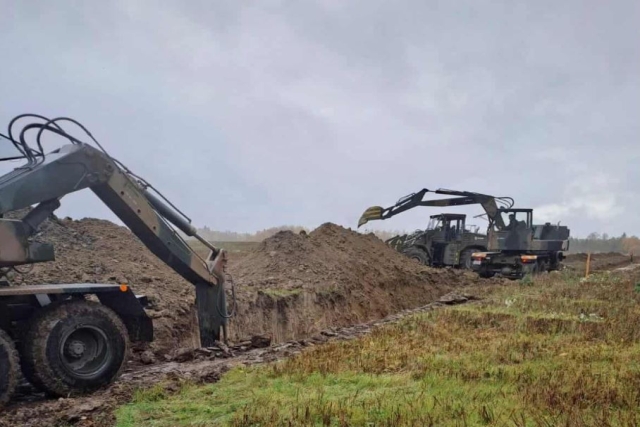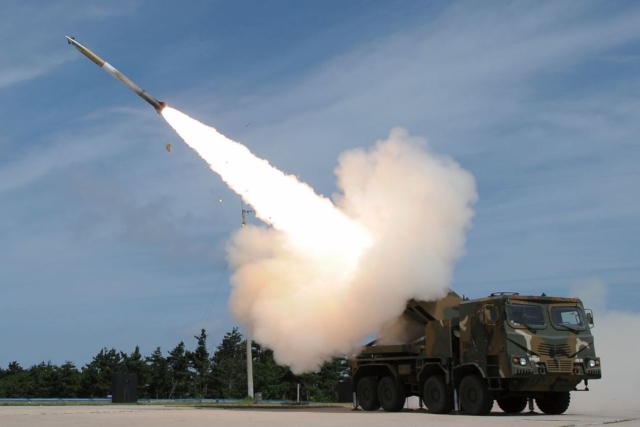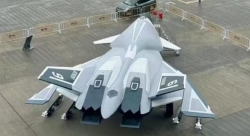Poland to Invest $2.55B on ‘East Shield’ Border Project with Russia, Belarus
The 400-mile East Shield will pack anti-tank barriers, bunkers, fortified shelters, and drone defenses into a single fortified line.

Poland has begun constructing a PLN 10 billion ($2.5B) defense system, dubbed the "East Shield," along its borders with Russia and Belarus, as part of a national effort to strengthen NATO’s eastern frontier amid heightened tensions from the war in Ukraine.
The East Shield is expected to stretch over 400 miles and will include a network of anti-tank barriers, bunkers, fortified shelters, and drone defense systems. The project also aims to improve access roads, build logistics hubs, and enhance both military and civilian infrastructure along the border zone.
“Today we are making a decision that will change how we think about Poland's security for decades,” said Deputy Minister of National Defence Cezary Tomczyk, announcing the project at a ceremony in Warsaw. “This is not just Poland’s border. It is the border of the European Union and NATO. The front line of democracy, order, and stability.”
Agreements signed on Wednesday between the Ministry of National Defence, the National Support Centre for Agriculture (KOWR), and the State Forests National Forest Holding formalized cooperation on the first phase of construction. The East Shield, officials said, will be designed and managed entirely by the Polish military, starting at the General Staff level down to brigade commands.
The program includes the use of state-owned lands within 500 meters of the borders with Belarus and Russia. Properties currently leased to civilians will not be renewed, while new leases will allow for military exclusion zones after each growing season, according to the agreements.
“Every hill, tree, and river will be part of our defense,” said Tomczyk. “The land itself must work for the benefit of the Polish Army.”
Officials emphasized that the project blends modern technologies with traditional fortifications. In addition to bunkers and reinforced barriers, the system will incorporate drone and anti-drone capabilities, surveillance systems, and other modern equipment designed to detect and deter any incursion.

Military planners said the East Shield aims to achieve three primary objectives: to deter potential threats, to increase the mobility and safety of Polish forces, and to protect civilians living near the border.
Importantly, the program includes dual-use elements such as hospitals, bridges, and road upgrades that will serve local populations during peacetime.
“This is not just a military wall,” said Tomczyk. “It is a comprehensive security system that helps citizens and deters aggression.”
The Ministry of National Defence said environmental protection will be taken into account during construction, with engineering works conducted only where natural terrain fails to offer adequate defense. In regions where fortification is not viable, storage facilities will be built instead.
With concerns rising over future U.S. commitment to NATO, especially as Donald Trump prepares to return to the White House in January, Polish authorities have framed the East Shield as a proactive step.
“Poland is preparing for every scenario,” said Tomczyk. “This is our message to any potential aggressor: you will not get through here.”













